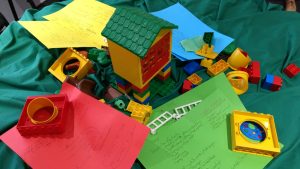I believe that adventures are for everyone. Yet people tell me all sorts of reasons why they don’t or can’t have adventures in their lives.
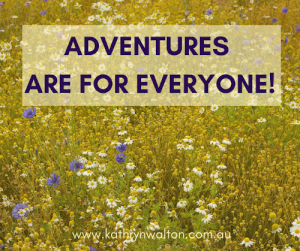
What’s stopping YOU from leading a life of adventure?
The most common reasons people give me are:
- I’m too old, my adventuring days are long gone
- I’m not fit / strong / co-ordinated enough
- I don’t have enough money
- I’ve got too much pain
- I’m too scared to do adventurous things
- I don’t have time
- I don’t have the energy
- It looks too hard
- I can’t leave my children / partner / dependants / pets
- I can’t have time off work
- My health won’t allow me
- I don’t know anyone else who would want to do it
- I’ll wait till I feel motivated
Acknowledge the obstacles but don’t let excuses paralyse you
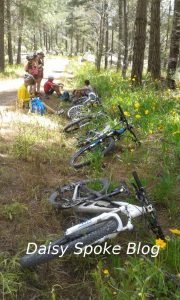
These are all legitimate issues that need to be acknowledged and talked about. But it’s vital you don’t stop there with simply talking or whingeing. You see, the thing is that whingeing can turn into excuses. Excuses can turn into paralysis because you can’t see a way forward. Being stuck in a rut is no fun and the downward spiral can be terrifying.
The excuses that have paralysed me
I’m writing this post, not only because I’m a mental health social worker and it’s my job to share information that improves your wellbeing. I’m also a human being and I know what it’s like to be sick and in pain and to care for dependants who are sick and in pain. I’ve spent 29 years as a stay at home Mum prioritising my children’s needs above all else, working part-time jobs and building a business around them as they grew up. I know what it’s like to be sleep deprived, devoid of energy, overwhelmed and scared. I’ve often been geographically isolated from friends and didn’t want to go along to activities on my own. Money, fitness and skill have definitely been obstacles to enjoying adventures. And as I get older I’ve had those thoughts of “Hmmm….am I too old for this? Will I hurt myself? Does anyone else my age do this?”
Learn to manage the obstacles
So I’m not anyone special when it comes to adventures. I don’t have any superpowers, and I don’t have any magic fixes but I have learned a lot about the link between mental health and an adventurous mindset. By learning to manage my obstacles I’ve stepped into another world of excitement, confidence and hopefulness and I’d like to share my ideas with you so that you can too. My way of managing my obstacles and excuses may not work for you. After all, we’re all different, so you’ll need to spend some time experimenting to see what works for you.
Are you open to the possibility of adventure? And all the benefits that go with it? Read my blog post about Why You Need To Have An Adventure Goal
Getting past your obstacles
You’ll need to think creatively about your obstacles, those things that get in the way of you having adventures in life. Thinking about the problems in the same old way you always have probably won’t get you anywhere. A great place to start is rethinking your ideas about exactly what an adventure is.
Adventures DON’T have to be physically demanding!
Let’s get the definition straight here – adventures DON’T have to be physically demanding, world record-breaking feats although that’s what we generally think of when we hear the word. These sorts of activities make for dramatic headlines but there’s much more to an adventurous life than that.
Adventures stretch you outside your comfort zone
An adventure is anything you do that challenges yourself in some way. It usually involves an element of RISK (eg physical, emotional or social) and stretches you OUTSIDE YOUR COMFORT ZONE either a little bit or a lot – and that’s different for everyone. If it makes you feel nervous or excited and is outside your comfort zone, then it’s an adventure! How cool is that! No comparisons with anyone else (or your younger self) shall be entered into! So, no matter your age, gender, time available or what other responsibilities you have in life, there’s a suitable adventure waiting for you.
Every single day is chock full of opportunities for you to choose your own adventure. So let’s get going!
Choose your own adventure!
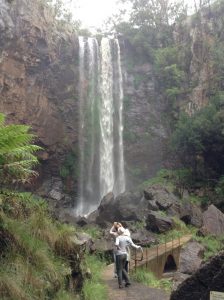
We’ve established that adventures don’t have to be crazy headlining stunts, and that there are opportunities in our everyday lives to experience adventure. Now it’s time to discover some adventures that are just right for you – no matter your age, fitness level, areas of interest or ability. Remember, you need to choose your adventures based on what makes you feel a bit excited or nervous and that’s slightly outside your comfort zone. So grab a notepad and pen, and as you read through the list below, allow yourself to be inspired to create a list of adventures you’d consider taking on this year.
Social Adventures
Contact an old friend
Join a club or social group
Invite someone over for a cuppa
Go to a class and learn a new skill
Connect with an online group
Research your family history
Volunteer at an event or fundraiser
Organise an outing with friends
Meet a friend at a cafe
Go to a conference or community event
Go to a festival you haven’t been to before
Organise a meet-up of extended family, friends or colleagues
Throw a party or have a family picnic
Physical Adventures
Learn a new sport
Join a sporting or exercise club or group
Climb a mountain
Go on a multi-day hike
Try white water rafting
Enter a race
Participate in a charity walk
Explore a National Park
Take up a new hobby
Spiritual and Cultural Adventures
Go to a meditation class
Take up a daily mindfulness practice
Visit a new place
Travel to a place that speaks a foreign language or volunteer with an ESL (English as a second language) class
Eat at a restaurant that serves food you are not familiar with
Prepare a meal using ingredients you don’t usually use
Plant and nurture a garden
Visit a place of worship that you are not familiar with
Help a charity
Mental Adventures
Join a chess or card club
Make or create something new or from repurposed materials
Teach yourself a new skill (eg crochet, painting, whittling, programming, video editing)
Experiment to create your own recipes or designs
Set up an online business
Take a class or sign up to a course
Get a new hobby that uses your brain in new ways
Become a mentor for a new worker
Write a book or start a blog

What inspired and do-able adventures have you written down on your list?
I’d love to know! Send me a message.
Be your own boss and get that adventure started!
And now it’s time to get started – be your own boss and take the actions you need to sprinkle an adventure or two into your life today.
You can listen to Adventures are for Everyone on the “Outdoors is my Therapy” podcast!
Discovering mountain biking as life’s ultimate parallel universe in her middle age, Kathryn Walton shares information and reflections in ‘Daisy Spoke’ that inform, inspire and empower women to a healthy and active lifestyle.



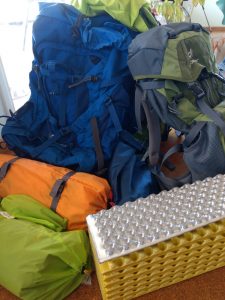

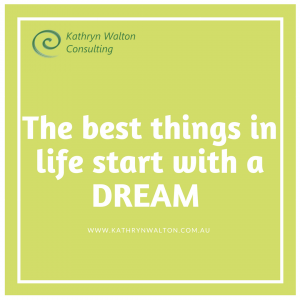
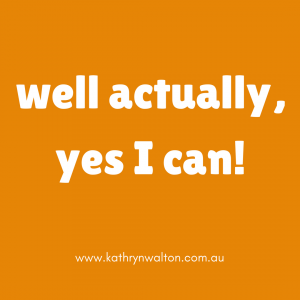
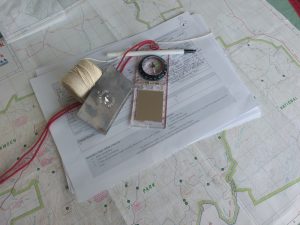
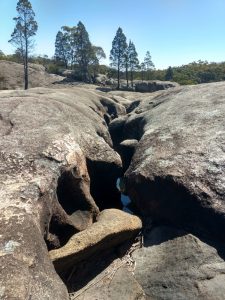
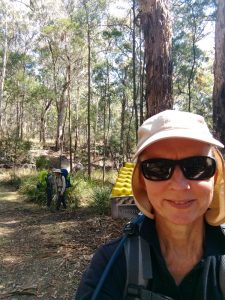
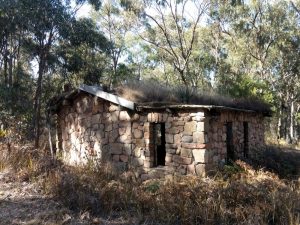
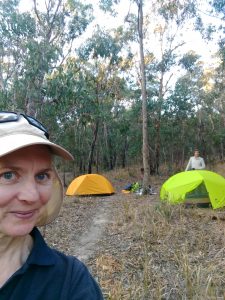
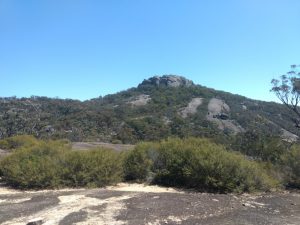
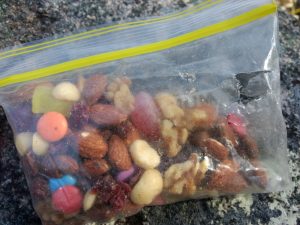
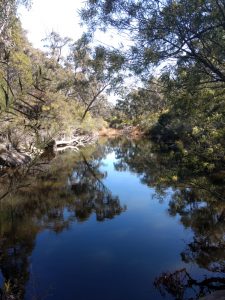
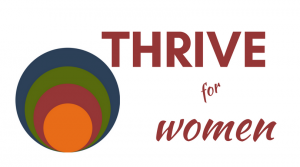
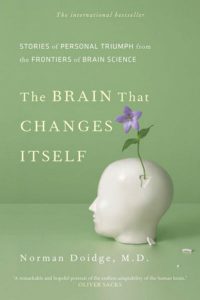


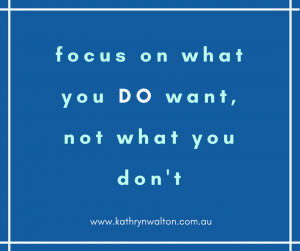


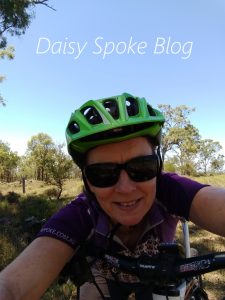 Daily exercise and general physical activity are crucial elements of feeling good. Just as some people might need to diligently take medication every day, I need to exercise every day. Exercise is nature’s way of stimulating the hormones which aid concentration, problem-solving, sleep, digestion, and mood. This daily dose of exercise rebalances our body’s systems resulting in wide-ranging benefits that no single medication can provide. The research is absolutely clear that regular medium to high intensity exercise can have a profound effect on health AND happiness.
Daily exercise and general physical activity are crucial elements of feeling good. Just as some people might need to diligently take medication every day, I need to exercise every day. Exercise is nature’s way of stimulating the hormones which aid concentration, problem-solving, sleep, digestion, and mood. This daily dose of exercise rebalances our body’s systems resulting in wide-ranging benefits that no single medication can provide. The research is absolutely clear that regular medium to high intensity exercise can have a profound effect on health AND happiness.
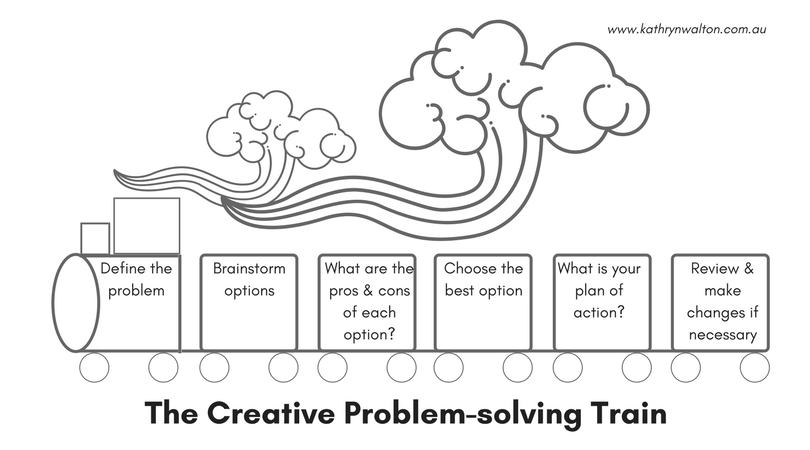
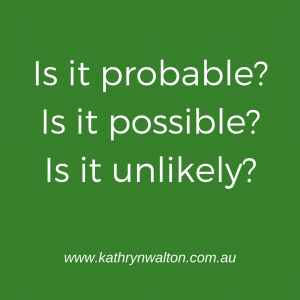 The Carriages (or steps, if you prefer!)
The Carriages (or steps, if you prefer!) analysing
analysing  5. Write down your Plan of Action so that you have a clear and concise guide to implementing your selected option.
5. Write down your Plan of Action so that you have a clear and concise guide to implementing your selected option.
 Kathryn Walton shares information and reflections in Daisy Spoke that connect, inspire and self-empower women to make healthy choices for themselves.
Kathryn Walton shares information and reflections in Daisy Spoke that connect, inspire and self-empower women to make healthy choices for themselves.
 So, what are these foundation stones of wellness? There are four main foundation stones that I work on with my clients as well as in my own personal life. Each of the stones support each other – they are interlinked – and they are a fabulous place to start building or renovating wellness at any time! The foundations are based on solid evidence that is routinely used in the mental health sector.
So, what are these foundation stones of wellness? There are four main foundation stones that I work on with my clients as well as in my own personal life. Each of the stones support each other – they are interlinked – and they are a fabulous place to start building or renovating wellness at any time! The foundations are based on solid evidence that is routinely used in the mental health sector. Basically, people are designed to move … a lot. When we don’t move enough, we are at greater risk of switching into a depressed or anxious state. It’s simple biology. Get moving, get active, get off the sofa, and move as much as you can and often as you can. For most of us it’s recommended to aim for about an hour of moderate intensity exercise or activity each day, and limit our screen time to 2 hours per day. The combined mental and physical health benefits of exercise / activity cannot be replaced by any medication. If you are in pain, or have limited movement, injuries, or chronic disease, the best idea is to do what you can. Remember always check with your doctor or health professional if you have any concerns about your health, exercise, and resting needs.
Basically, people are designed to move … a lot. When we don’t move enough, we are at greater risk of switching into a depressed or anxious state. It’s simple biology. Get moving, get active, get off the sofa, and move as much as you can and often as you can. For most of us it’s recommended to aim for about an hour of moderate intensity exercise or activity each day, and limit our screen time to 2 hours per day. The combined mental and physical health benefits of exercise / activity cannot be replaced by any medication. If you are in pain, or have limited movement, injuries, or chronic disease, the best idea is to do what you can. Remember always check with your doctor or health professional if you have any concerns about your health, exercise, and resting needs.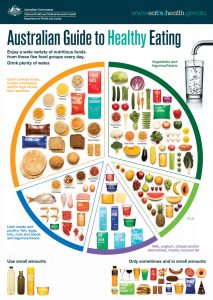 3. Nutrition
3. Nutrition  4. Mind
4. Mind